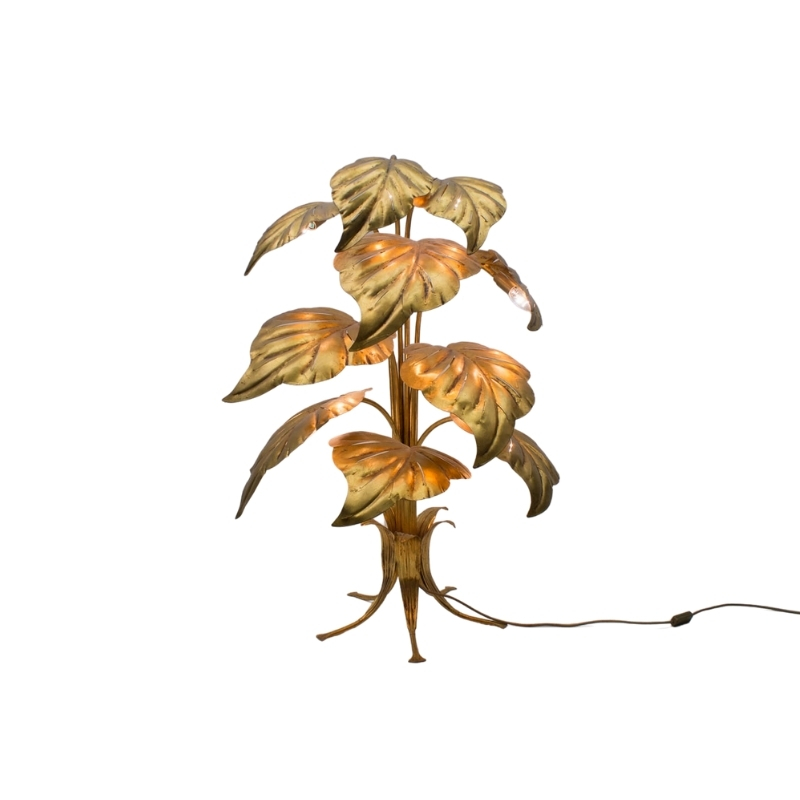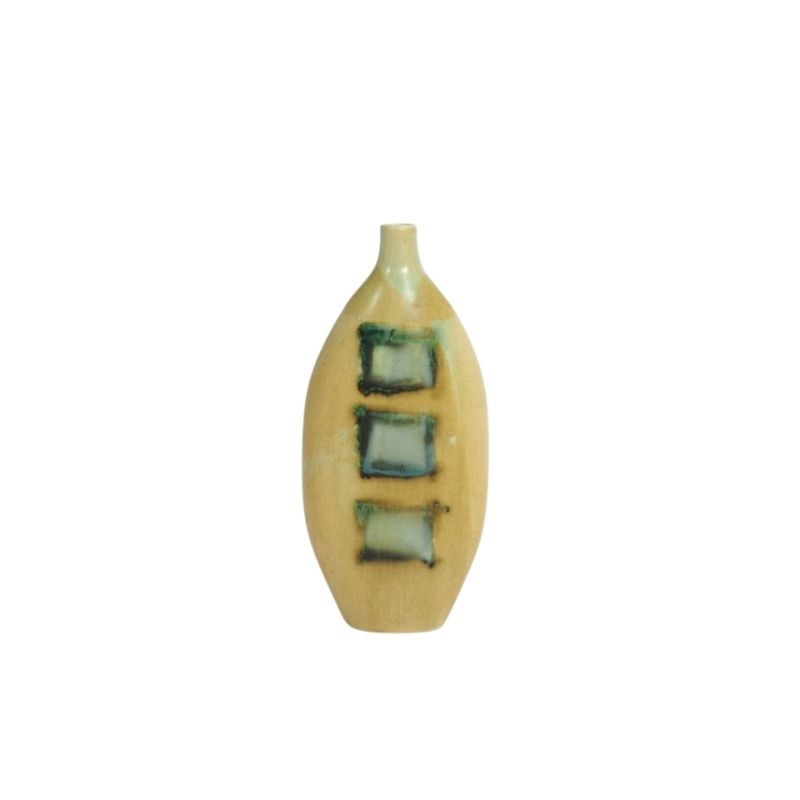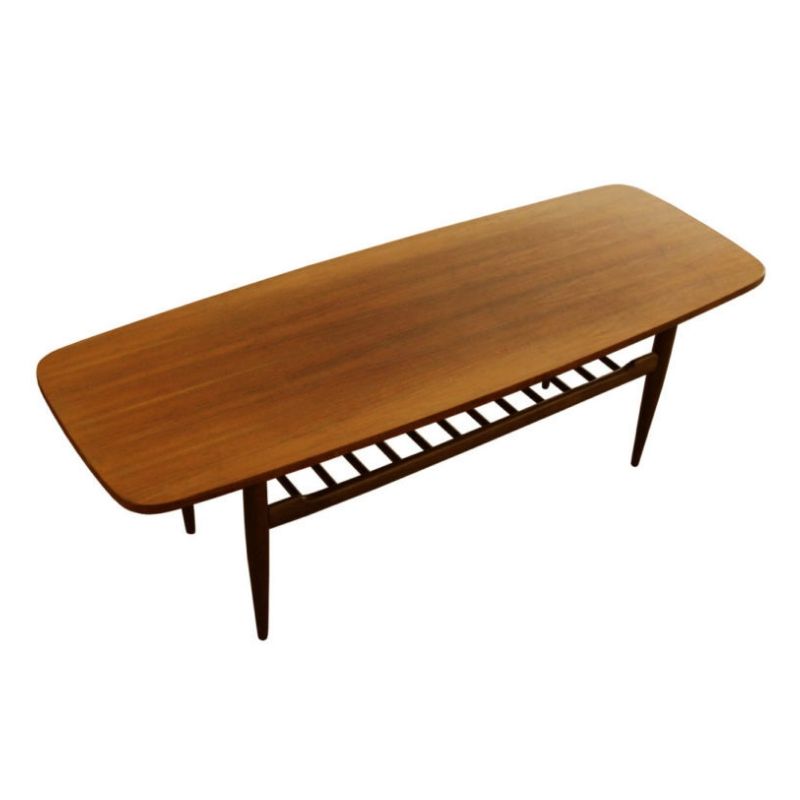While both those products might be fine
for filling voids, as in leveling the surface of the frame, I've found that lower-viscosity, unthickened epoxies achieve a better bond on semi-porous surfaces such as wood.
I'm surprised that you have been unable to find these in small quantities at the local hardware merchant.
Where does this leg
occur on the furniture piece ? I assume it's near but not at one corner of the case ? What's inside the case at that point ? Is the interior surface accessible, but not visible -- as under a drawer, for instance ?
I'm thinking that this construction was minimal from the start, and destined to fail sooner or later once the connection was damaged or weakened in some way -- through abuse during moving, etc. After all, there's no more "weight" on one leg than on the other three -- right ?
Rather than laboriously reconstructing the same joinery -- a somewhat dubious economy at the factory where this piece was made -- how about taking a simple-and-sure route, and refasten the leg from inside of the case -- assuming this doesn't present other issues.
tktoo is (as usual) right on; the malformed mating surfaces at the leg-to-carcass connection must be corrected somehow, no matter what method of reconnection is attempted. I assume the end grain of the leg is less rounded (if at all) than the softwood (?) of the case bottom member. Maybe an oversized fender washer (that is, larger than the diameter of the leg) would suffice as a new surface between leg and case ? Then, a single long screw from inside the case into the leg would be the ticket -- duplicating the original connection but with additional strength due to the through connection at the case and a deeper penetration of the leg . . .
Try Chair Doctor Glue
I've used this before and it works really well - it does what it says on the tin.
http://www.axminster.co.uk/veritas-veritas-chair-doctor-glue-prod22462/
Thanks, hb --
It's good to know of an injectable substance for tightening wood-to-wood joints.
In this case, we have a rather different kind of furniture joint issue. What's good for the goose isn't always good for the gander . . . !
I was hoping to hear that the owner of the piece is open to repairing the leg from inside the case. I wanted to add that a three or four-inch flat-head deep-thread screw, of the kind universally-available today, mated to a flat washer which is just captured by the head of the screw, would make a low-profile but very firm connection.
If you need any help, please contact us at – info@designaddict.com









